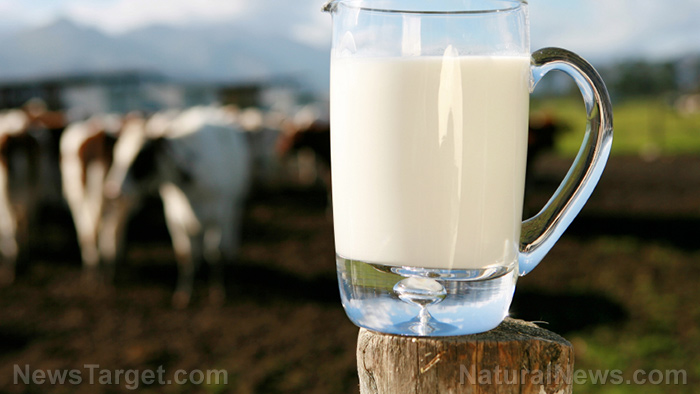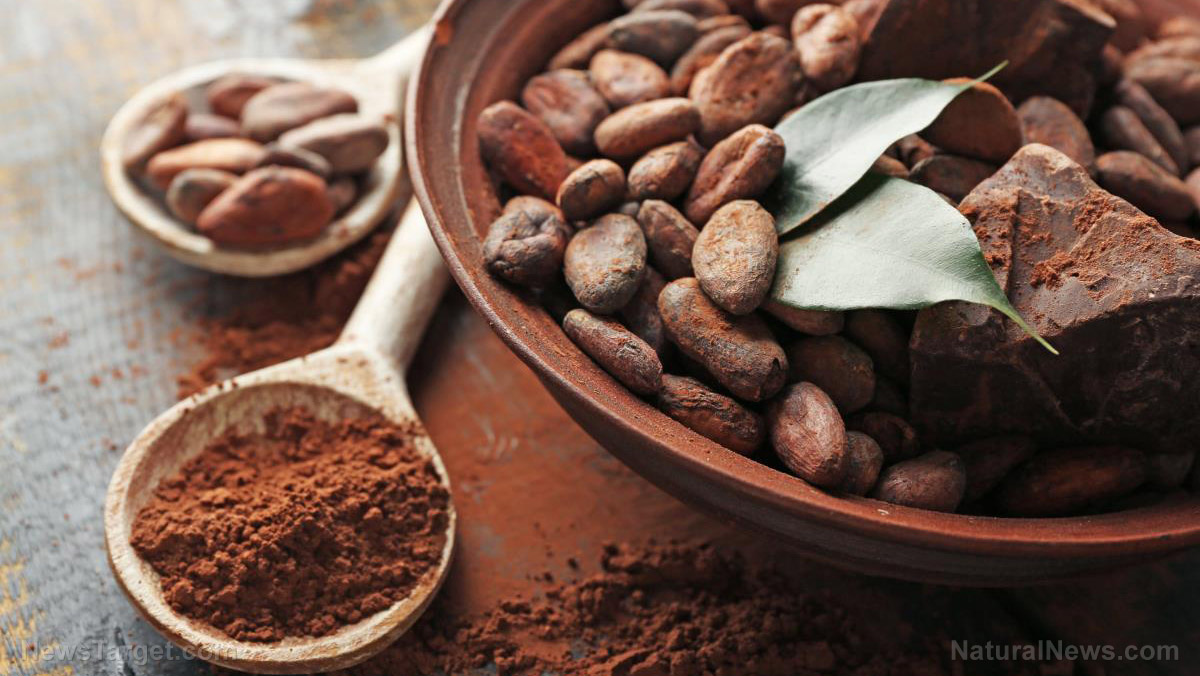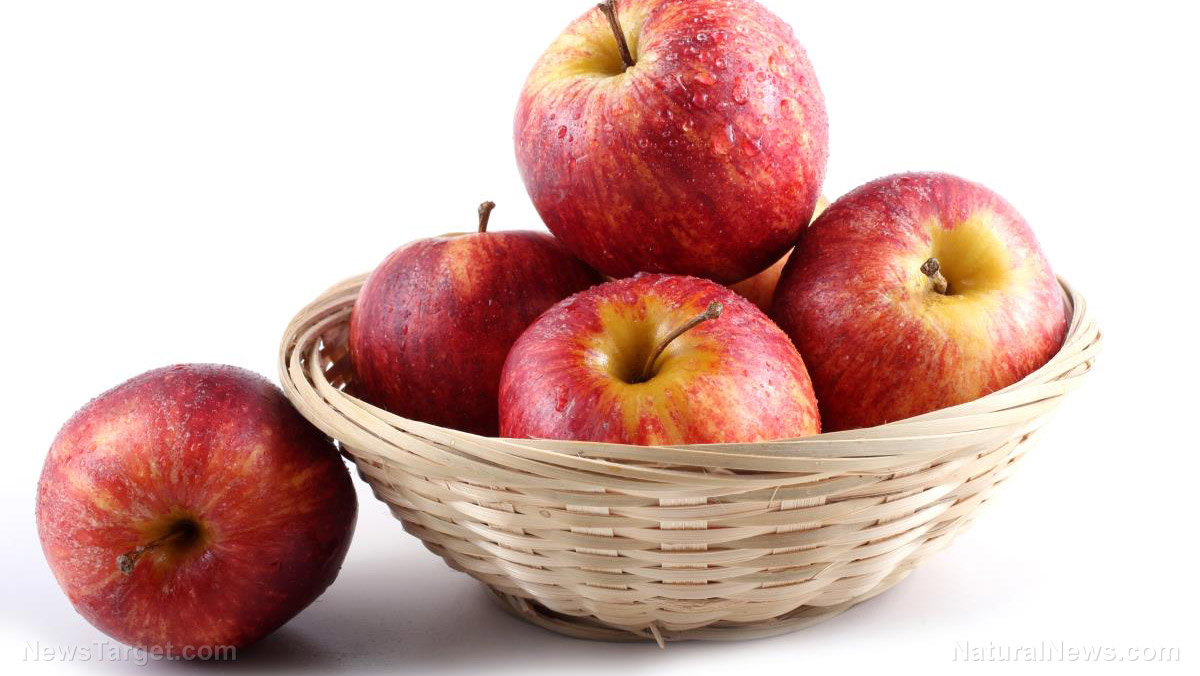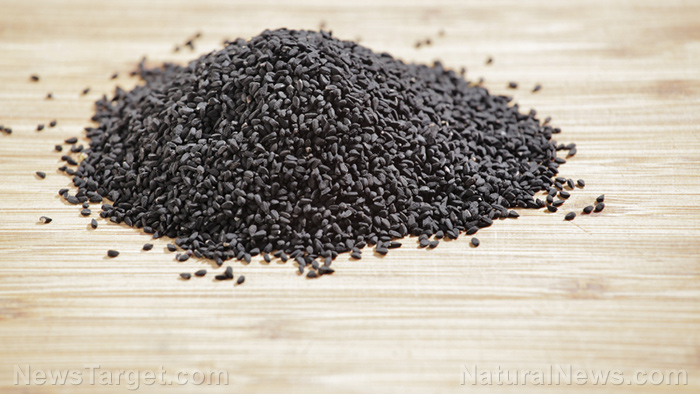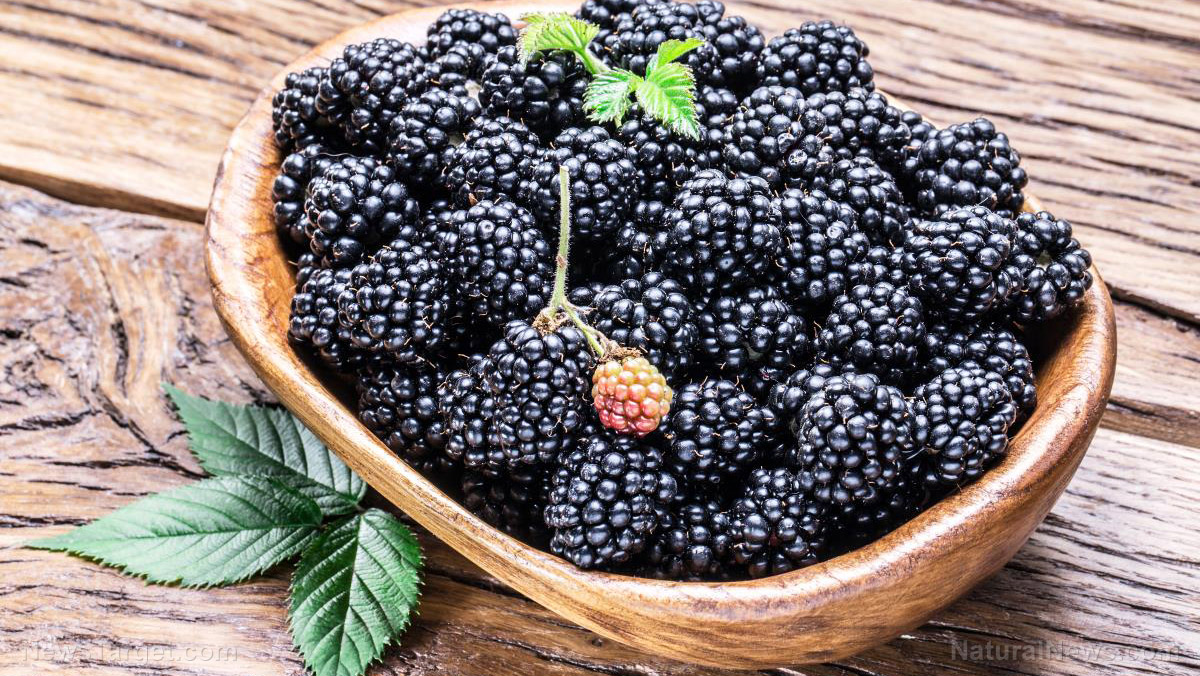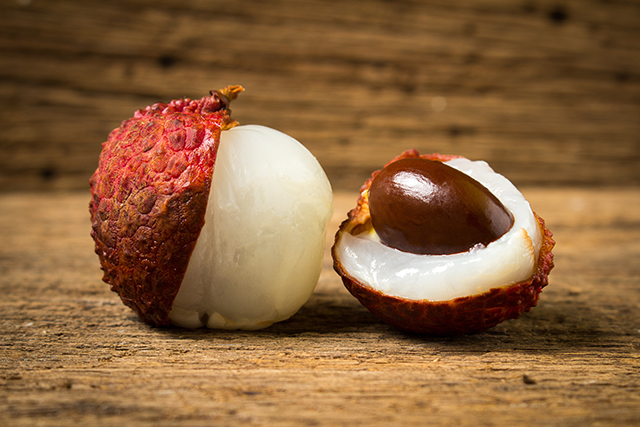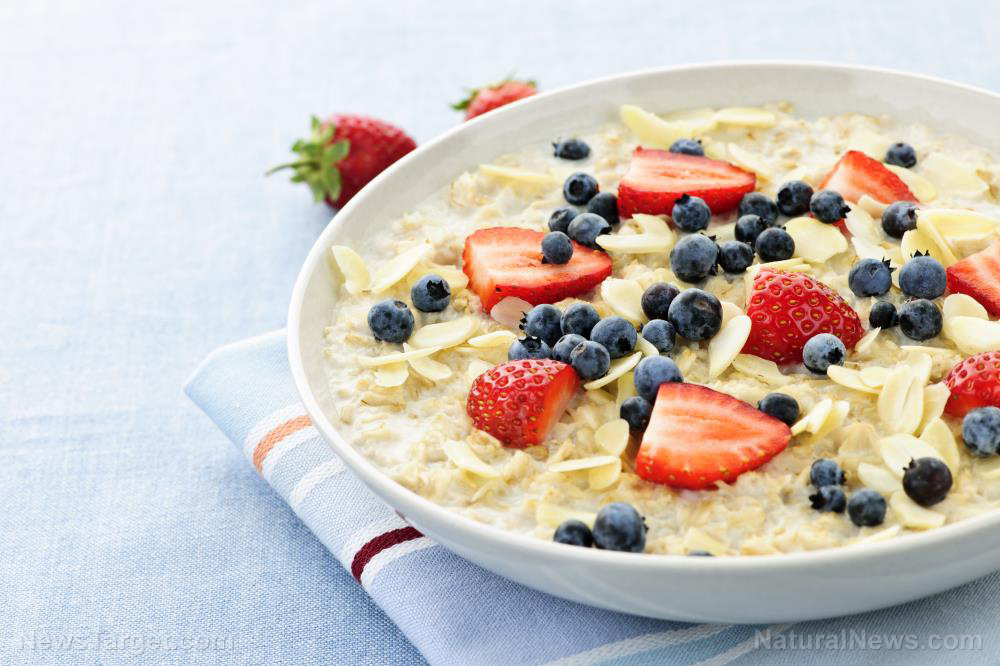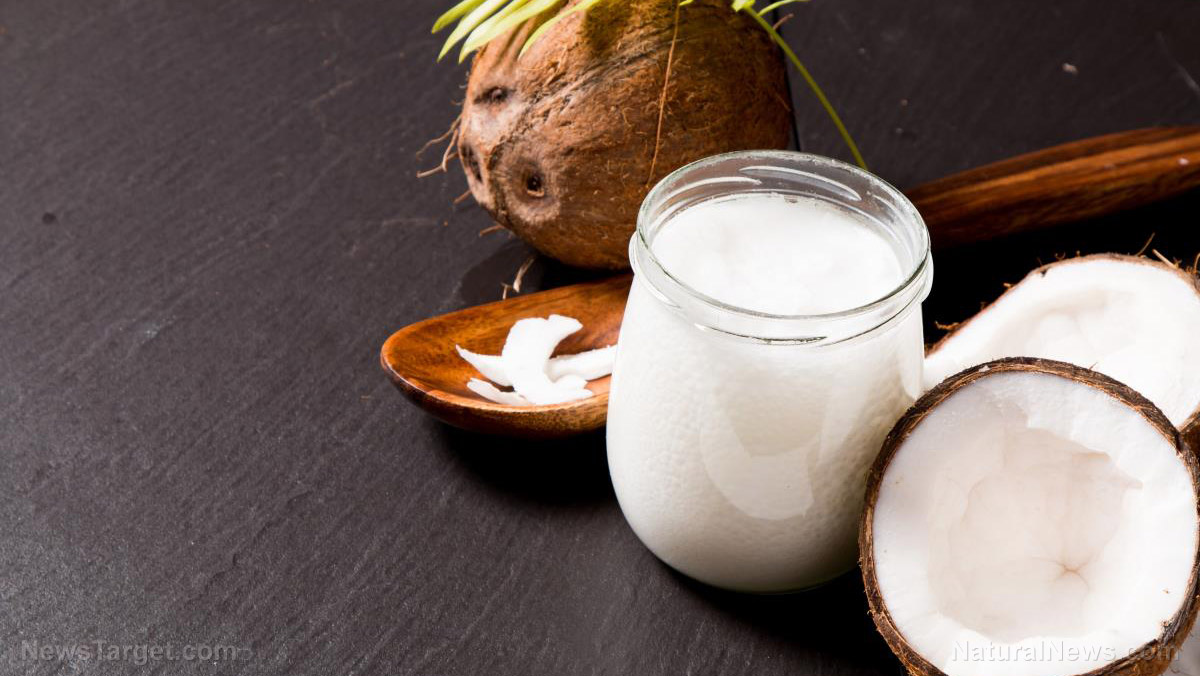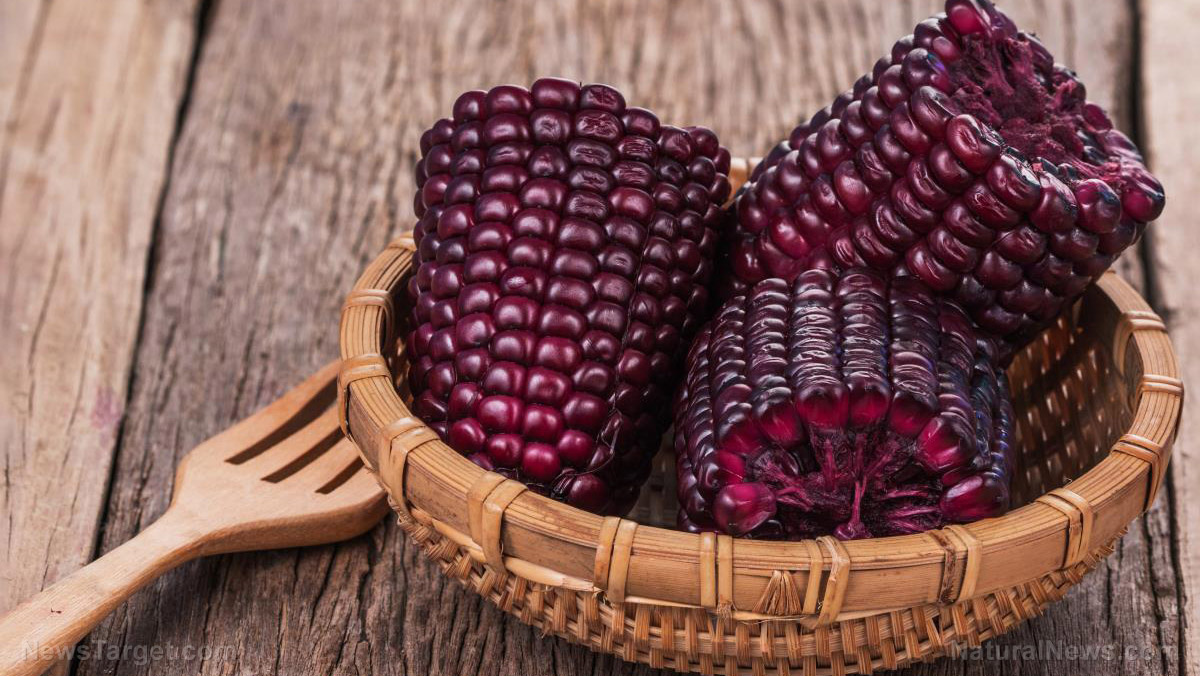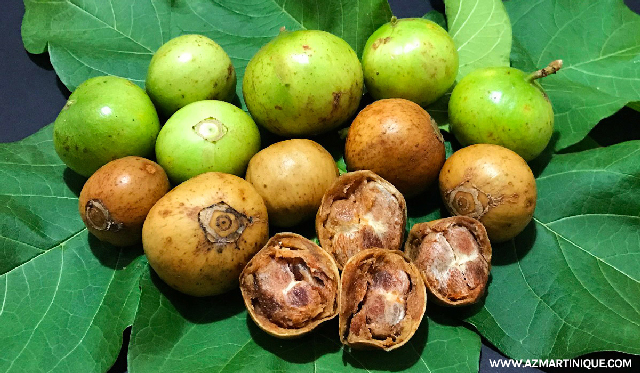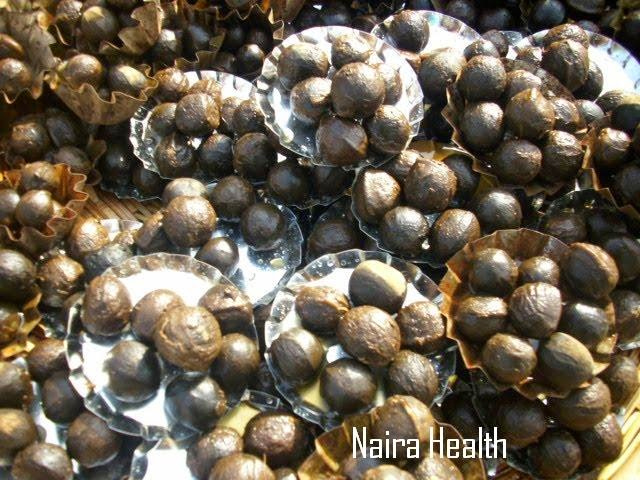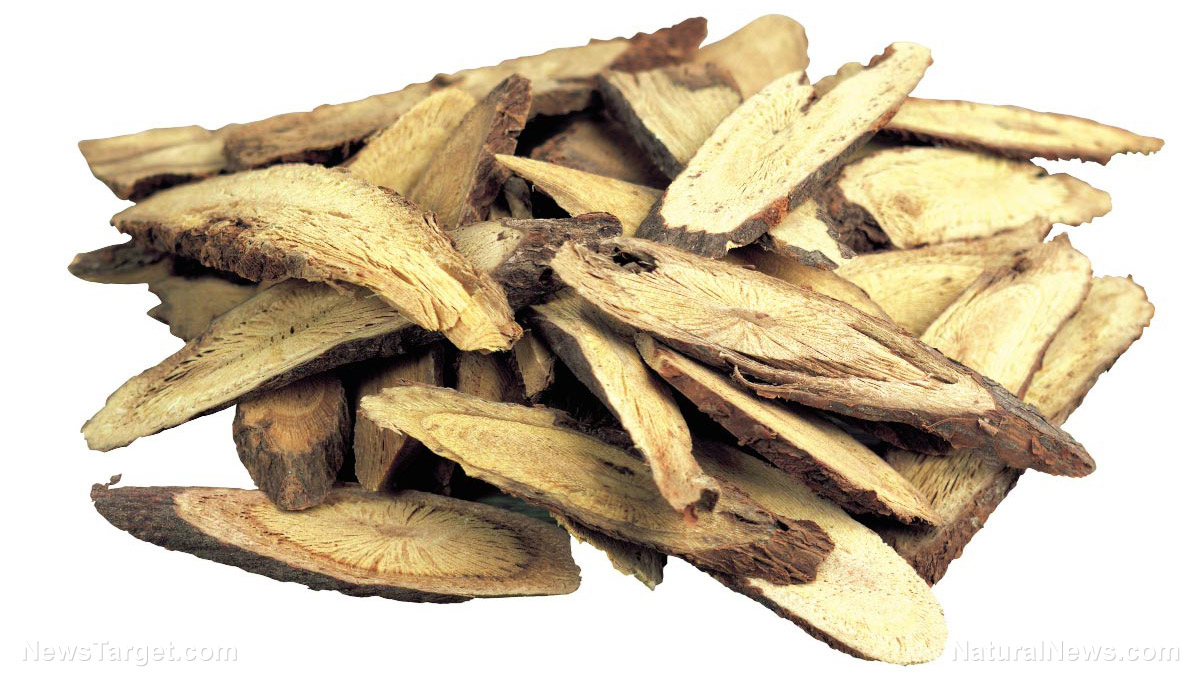Have beer with your pizza instead of coke: Compounds in the hops help prevent conditions caused by a high-fat diet, such as diabetes
02/26/2018 / By Jhoanna Robinson

According to recent research, the compounds in beer can actually prevent a slew of medical conditions such as diabetes. It can even lower your blood pressure and decrease your weight.
The compound called xanthohumol, which is found in hops, could reverse the damage done by ingesting high-fat diets that can result in metabolic syndrome, which is characterized by a cluster of conditions that include obesity and high blood pressure, blood sugar and cholesterol. A derivative of xanthohumol (XN) is considered “especially potent” in decreasing insulin resistance, a very high factor in obtaining type-2 diabetes. (Related: Beer has a surprisingly positive effect on reducing bone damage and women’s chances for getting osteoporosis.)
Figures show that a quarter of adults in the United Kingdom suffer from metabolic syndrome, while 35 percent of adults in the United States are believed to have it. Having metabolic syndrome puts a person at greater risk of developing heart disease. However, making necessary lifestyle changes can definitely negate the risk of having such a disease.
Xanthohumol transforms into an estrogenic metabolite in the body called 8-prenylnaringenin or 8-PN, which is “one of the most potent phytoestrogens in nature”.
“If someone took XN over longer periods of time, it could lead to estrogenic side effects, potentially,” said lead author Professor Fred Stevens. However he noted that they had found the solution to the problem of side effects by adding water to XN, thereby stopping the creation of 8-PN.
“Now we have compounds that still have the original beneficial effects but not the side effects. There are no adverse estrogenic effects (endometriosis or fueling breast cancer), and the liver toxicity induced by the high-fat diet is mitigated,” Stevens said.
Does drinking beer really have the capability to make a person happy?
Possibly. This is because hordenine, which is abundant in malted barley and is a key ingredient in beer, stimulates dopamine receptors in the brain. This then releases a surge of the feel-good chemical to the decision-making area of the brain, a study done by German scientists in September 2017 showed.
Researchers at Friedrich-Alexander-Universitat Erlangen-Nurnberg analyzed around 13,000 food molecules to come up with the results of the research.
Compounds in beer that makes it taste good
Yeasts and sugars craft aromas and flavors such as fruits and spices. The brewing temperature also affects how the beer would taste like. Beer’s main flavor contributors from yeasts are esters and phenols. The warmer the fermentation of the beer, the more esters are present in the brew.
Ale yeast is more compatible with warmer temperatures than lager yeast. Warm fermented ale yeast makes a lot of isoamyl acetate, creating a sweet candy banana aroma. Ethyl caprylate and ethyl caproate, on the other hand, give rise to smells such as apple skins and anise, respectively.
Warm fermentations can also result in ethyl acetate, bringing that nail polish remover scent.
Some flavors get their flavor from malt. When a malt’s grains are toasted, their amino acids react to a heated sugar with a caramelization process called a Maillard Reaction, resulting in flavors such as caramel, coffee, and chocolate. Eugenol, which also comes from the malting process, results, in flavors such as clove, nutmeg, cinnamon, and vanilla.
Hops are the most cherished flavor contributor to beer. The bitter flavors come from humulone, cohumulone, and adhumulone. Hops also create essential oils alpha-caryophyllene and humulatriene, for those pine, sage, citrus, and tobacco aromas in beer.
For more stories regarding beneficial ingredients in food and beverages, visit Ingredients.news.
Sources include:
Tagged Under: 8-prenylnaringenin, beer, blood pressure, estrogenic side effects, food science, heart disease, Herbs, Hops, ingredients, malt, metabolic syndrome, nutrients, prevention, xanthohumol, yeast

